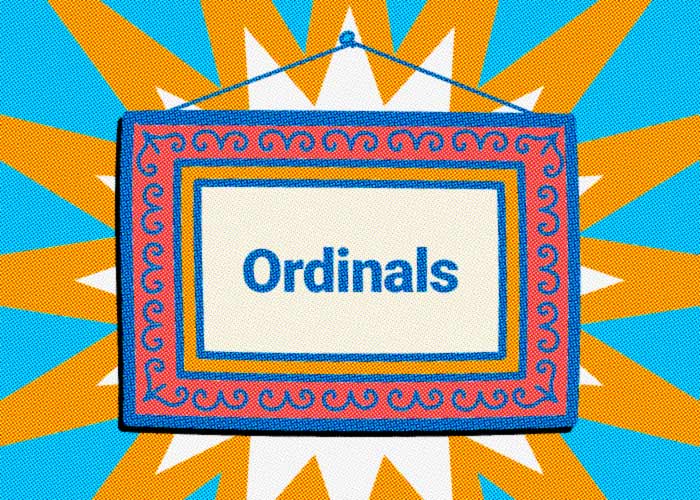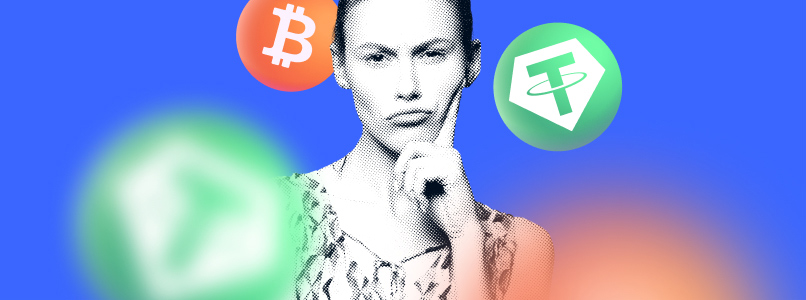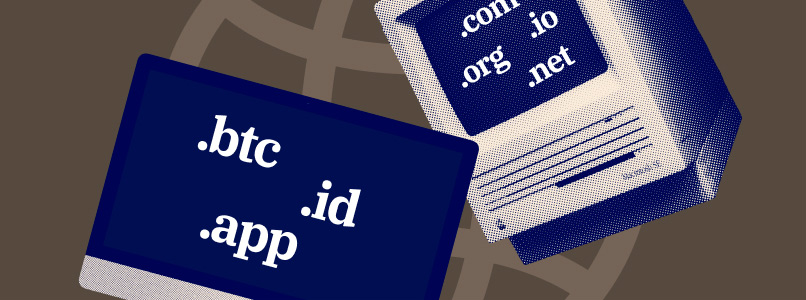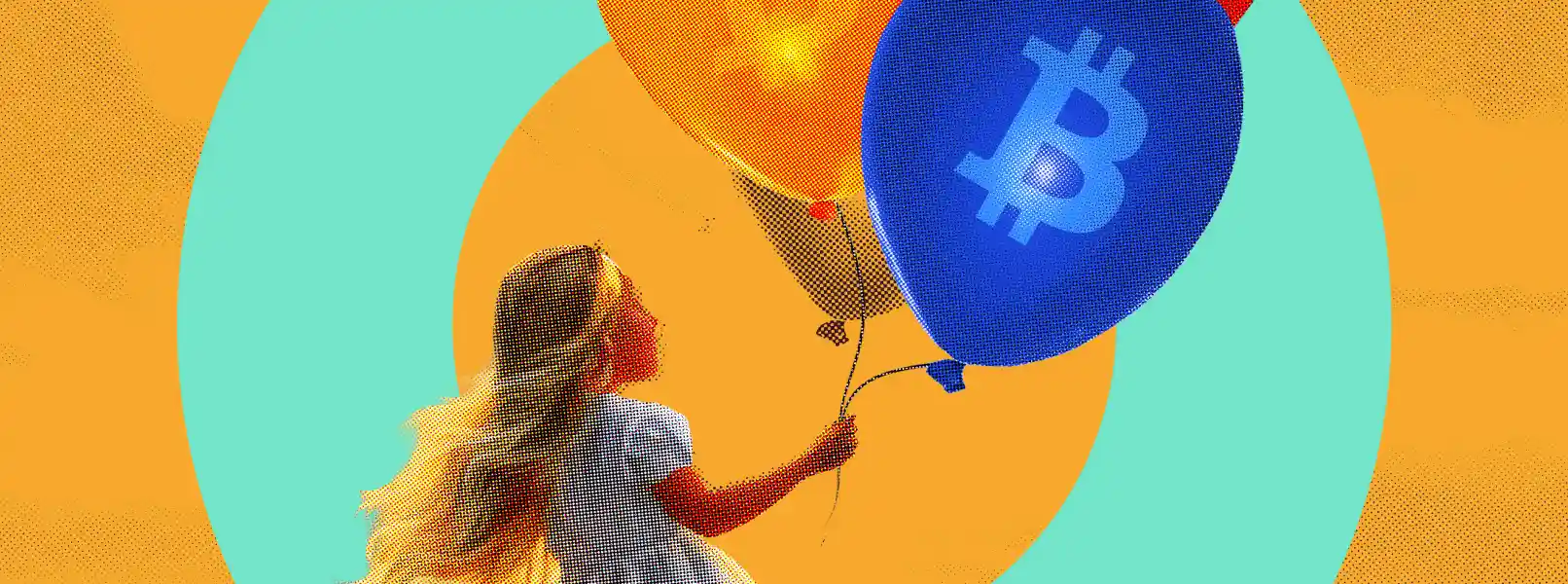What Are Bitcoin Ordinals?
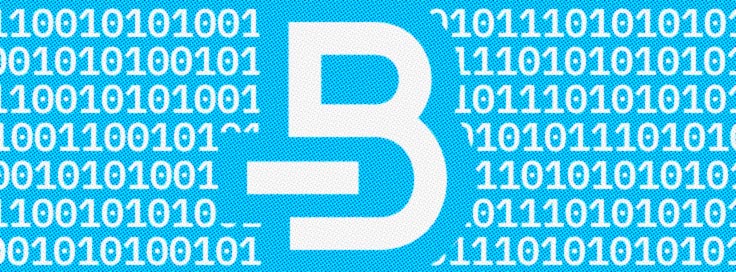
Simply put, Bitcoin Ordinals represent a partial analog of NFTs placed in the blockchain network of the first cryptocurrency. The technology lies in the fact that each satoshi, the minimum unit of value within the Bitcoin network, is given an ordinal number. This sequence number is associated with additional information, which can be texts, images, videos, and other types of data, such as game files. This is how digital artifacts, the partial analog of NFTs, are created.
You can find such designations of digital artifacts as Bitcoin NFT, Ordinals, and Artifacts.
There are three technical solutions used to create Bitcoin Ordinals:
- OP_return. A function that adds an additional output to transactions on the Bitcoin network. It contains third-party information (Inscriptions), such as metadata, but contains no money. Initially, the amount of data in OP_return was limited to 80 bytes.
- Taproot. This is a large-scale improvement to the Bitcoin network’s smart contracts and privacy system. Among other things, Taproot removed the limit on the amount of data in OP_return, increasing it to 400 KB.
- Ordinals. The protocol itself, which allows users to add ordinal numbers for satoshi and track them. The methodology behind the protocol is called Ordinal Theory.
The idea of creating non-fungible tokens on the basis of the Bitcoin network isn’t new. There was the Colored Coins project in 2012, Counterparty in 2014, and so on. However, it was only Ordinals that managed to attract enough attention for the initiative to be actively developed by the community. By the way, the project was created by enthusiastic developer Casey Rodarmor.
Hype Around Bitcoin Ordinals

The Bitcoin Ordinals project was launched in January 2023, and in February, a burst of excitement around the protocol began. Many experts believe that the technology could play an important role in the development of the first cryptocurrency and the entire crypto industry.
On February 22, Matrixport analysts noted that the number of digital artifacts exceeded 100,000. In their opinion, NFT integration into the Bitcoin network boosted security, transparency, and traceability of such assets, as well as created more use cases for the first cryptocurrency and increased interest in it.
Users started experimenting very actively with Bitcoin Ordinals, posting literally everything: from all sorts of memes to a fully functional clone of the game DOOM as digital artifacts. Already in early March, analysts stated that the Ordinals protocol provoked a 122% increase in Bitcoin fees and a rise in the price of BTC. Along with that, the number of Bitcoin addresses with a non-zero balance grew to a record 44 million, and the average block size on the Bitcoin network reached an all-time high of 2.5 MB.
The project instantly attracted the attention of major blockchain industry members. Yuga Labs successfully auctioned off the NFT collection issued through the Ordinals protocol, earning $16.5 million, and two weeks later, the “digital artifact” was used for the first time as collateral for a loan on the Arcade platform. And so it goes on. The infrastructure and use cases for Bitcoin NFTs continue to evolve rapidly. For example, developers deployed the Ordinals protocol on the Litecoin network in late February. And there are plenty of such examples!
Bitcoin Ordinals and NFTs: What’s the Difference?

While Bitcoin Ordinals and NFTs share some similarities, such as non-fungibility and associations with digital art, there are a few significant differences between the two technologies.
One key difference is that digital artifacts are stored directly on the Bitcoin network, whereas NFTs use interoperability standards, such as ERC-721, and information about them is stored in smart contracts. This makes Bitcoin NFTs completely immutable, meaning they can’t be modified in any way, while NFTs can be updated with additional information or characteristics.
Moreover, no separate token is formed when a digital artifact is created, as a Bitcoin NFT turns out to be inextricably linked to a particular satoshi. One last important difference is that the Ordinals protocol adds content directly to the block, whereas NFTs typically contain a link to the information stored outside the blockchain network.
Criticism of Bitcoin Ordinals

Not all members of the cryptocurrency community welcomed the Ordinals protocol. For instance, Adam Back, a famous cypherpunk and Head of Blockstream, spoke out on Twitter about the project’s “sheer waste and stupidity” and the “consumption of block space” on digital artifacts.
Luke Dashjr, one of the lead developers of Bitcoin Core, called Bitcoin Ordinals “garbage” that needs a “spam filter.” The Bitcoin Magazine authors at the end of the “Concerning Ordinals” article also asked the rhetorical question: “Why in the world would you waste your satoshis doing that?”
Similar opinions come from “Bitcoin purists,” who view the first cryptocurrency solely as a financial tool. Their criticism generally boils down to digital artifacts occupying blockchain space to the detriment of financial transactions.
In response, proponents of Ordinals point out that prior to the launch of the protocol, blocks on the Bitcoin network were 20-30% full. They also argue that digital artifacts contribute to higher commissions within the Bitcoin network and thus incentivize miners, which in turn affects the level of security of the first cryptocurrency. In addition, it’s up to the market to determine the best use of block space.
The Future Development of Bitcoin Ordinals

As Bitcoin Ordinals continue to gain popularity, many experts believe that the technology will evolve and improve in the coming years. Specifically, we can expect:
- Better functionality.
- The development of infrastructure projects.
- The expansion of the scale and areas of implementation.
Particularly, another wave of hype around Bitcoin Ordinals is on the way. It’s related to the creation of a new token standard — BRC-20. The technology was proposed as an experiment by an anonymous developer and made it possible to deploy new cryptocurrencies on the Bitcoin network. A week after its launch, infrastructure projects for such cryptocurrencies began operating, and the daily number of new digital artifacts placed on Bitcoin set another record.
In short, Bitcoin Ordinals represent a new and interesting technology that has the potential to overturn stereotypes about the first cryptocurrency. Although the digital artifacts on Bitcoin are still in their early stages of development, they’ve already caused considerable excitement and attracted the attention of the cryptocurrency community. So, Bitcoin Ordinals are sure to regularly give rise to discussion in the coming years.
